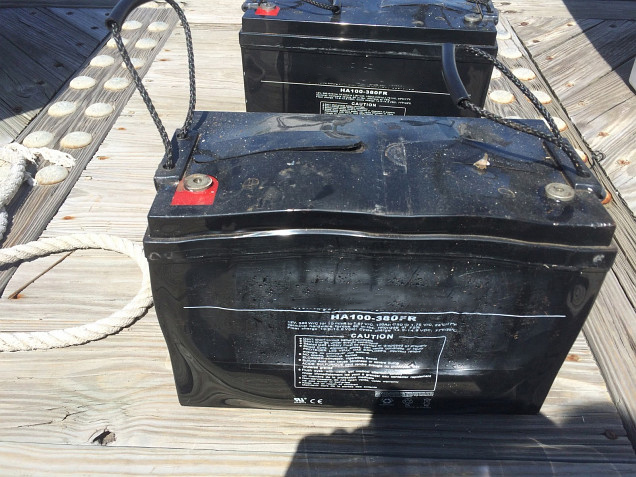Lead-acid batteries can explode due to several factors, primarily related to the buildup of hydrogen gas and potential ignition sources. Here’s why they explode and how to prevent it.
- Hydrogen Gas Buildup:
- During charging, lead-acid batteries produce hydrogen gas through the electrolysis of water. If this gas accumulates within the battery enclosure without proper ventilation, it can create an explosive atmosphere.
- Overcharging or charging at high rates can exacerbate hydrogen gas generation, increasing the risk of explosion.
- Ignition Sources:
- External sparks, flames, or electrical arcs can ignite the hydrogen gas accumulated within the battery, leading to an explosion.
- Internal short circuits or electrical faults within the battery can also generate heat and sparks, providing ignition sources for the explosive hydrogen gas.
- Physical Damage:
- Mechanical damage, such as punctures, cracks, or crushing, can compromise the integrity of the battery casing, allowing hydrogen gas to escape and potentially ignite.
- Severe physical damage can also lead to internal short circuits or other electrical faults that increase the risk of explosion.
To prevent lead-acid battery explosions, several measures can be taken:
- Proper Ventilation:
- Ensure that lead-acid battery enclosures are adequately ventilated to allow the safe dispersal of hydrogen gas.
- Install batteries in areas with good airflow and ventilation, especially during charging.
- Correct Charging Practices:
- Follow manufacturer recommendations for charging voltages and currents to prevent overcharging and excessive hydrogen gas generation.
- Use properly sized charging equipment designed for lead-acid batteries and avoid rapid charging unless specifically recommended.


